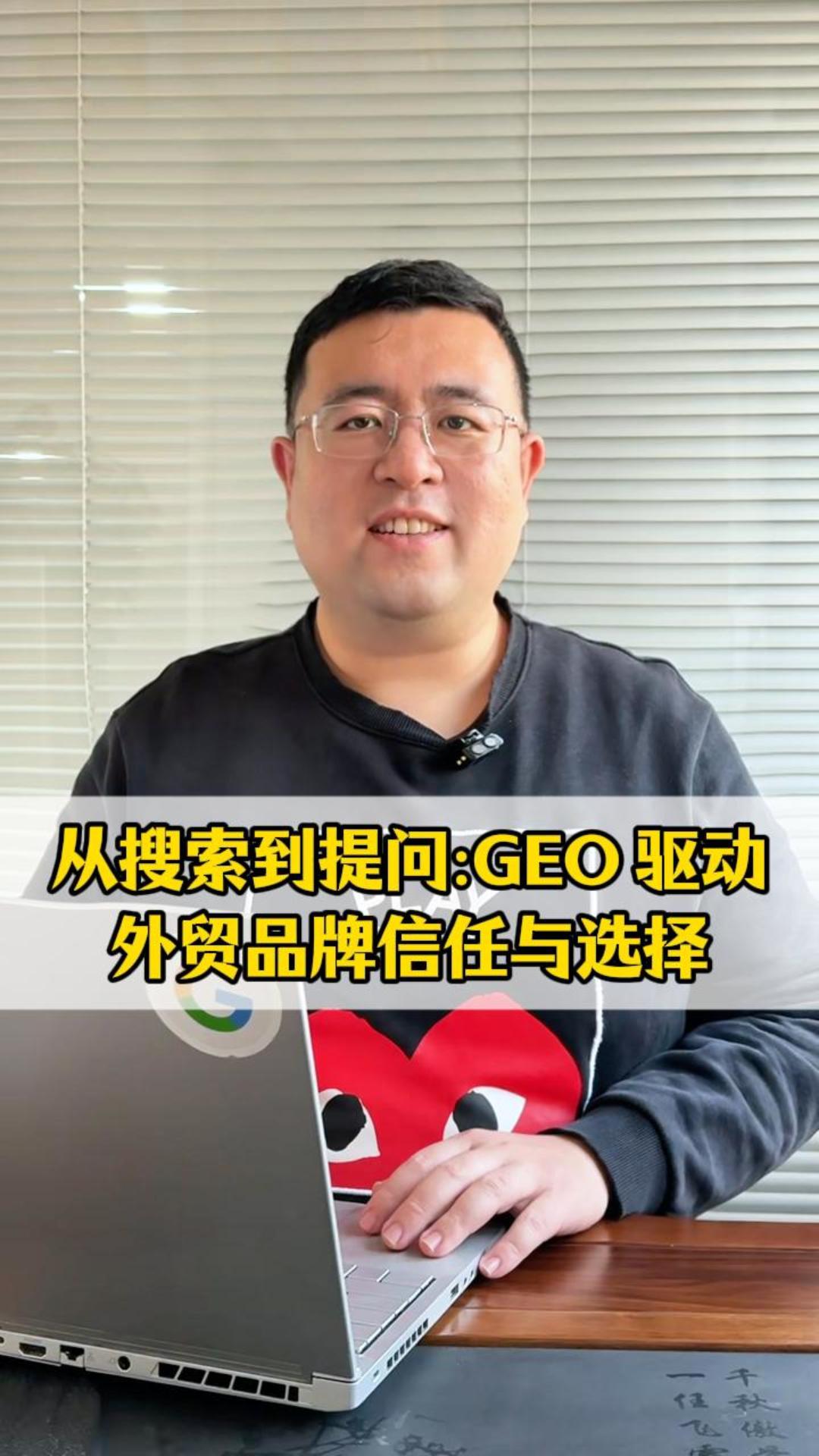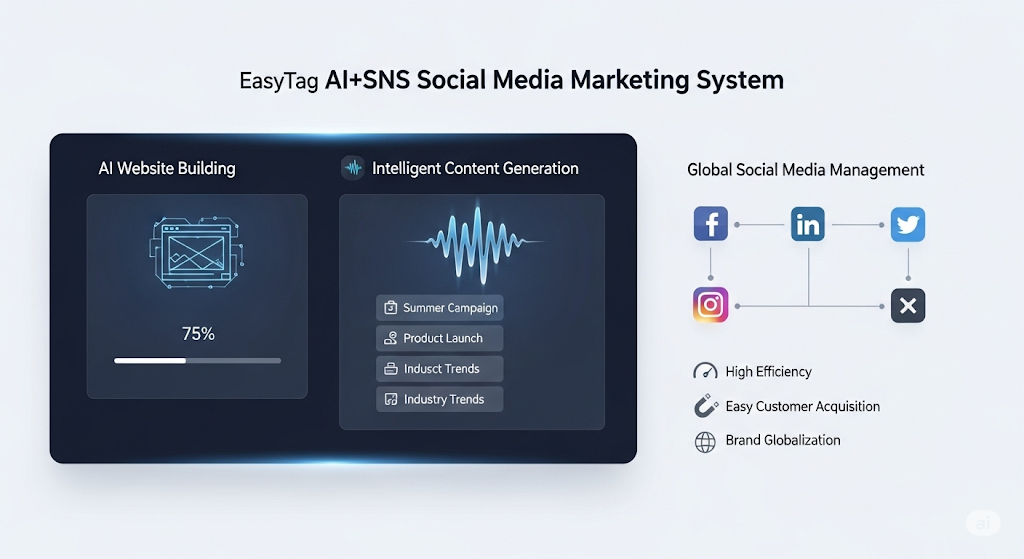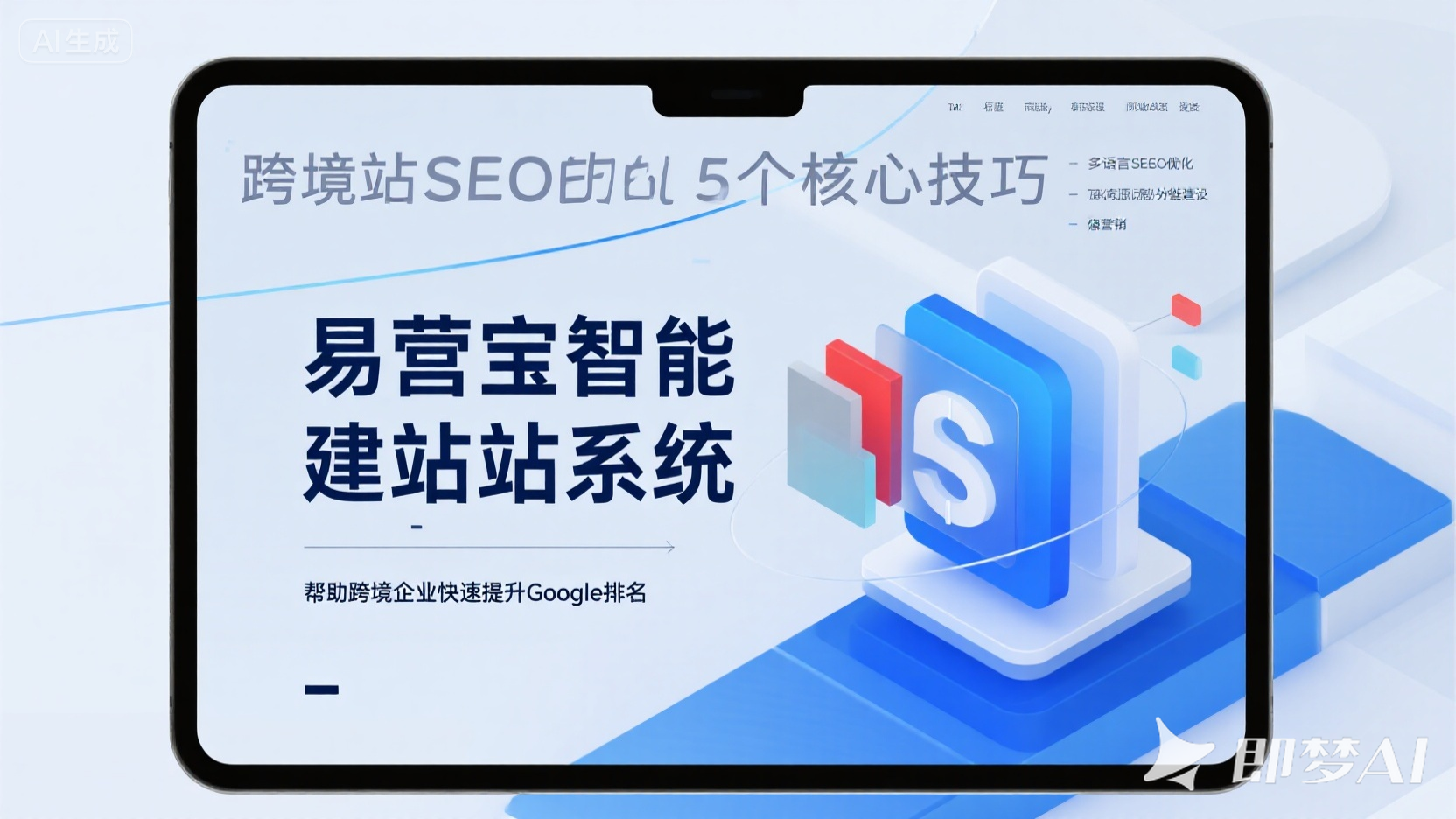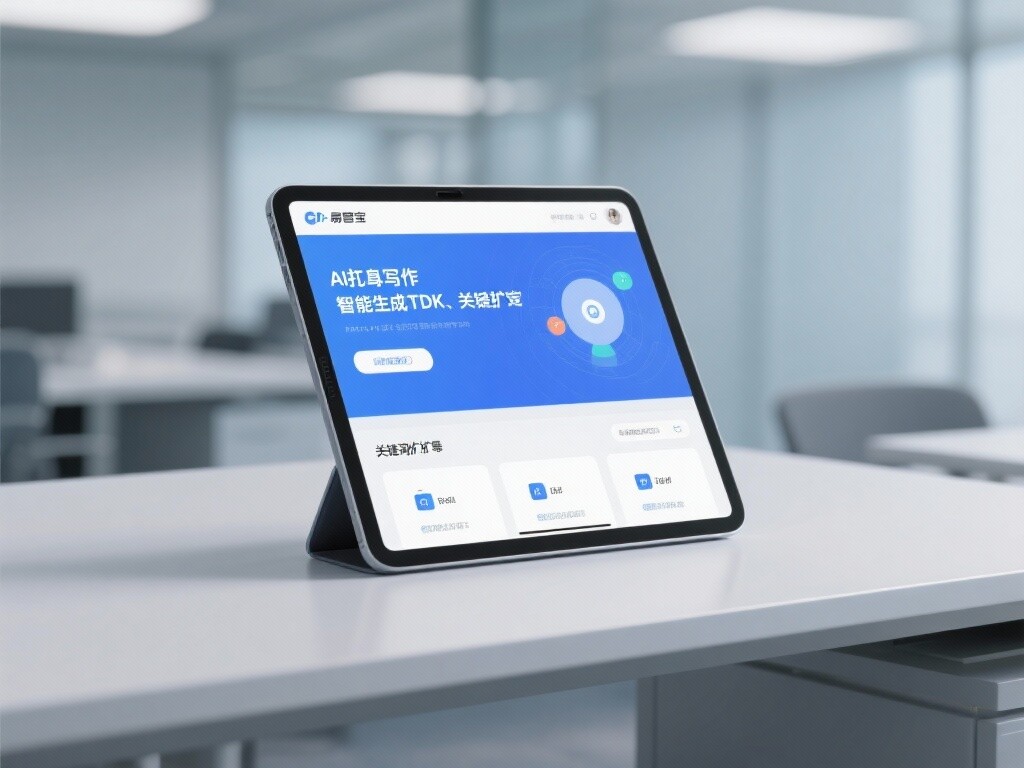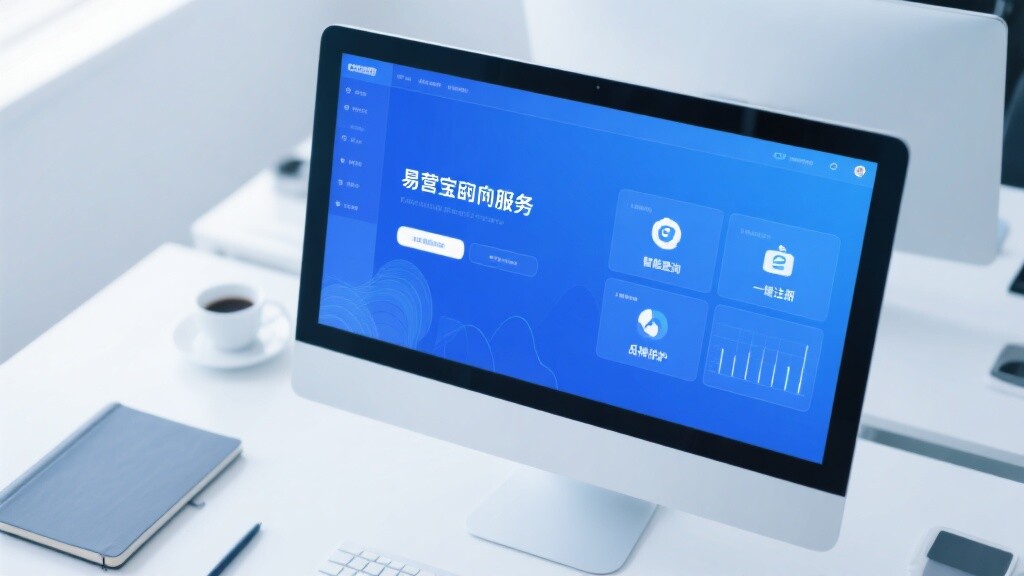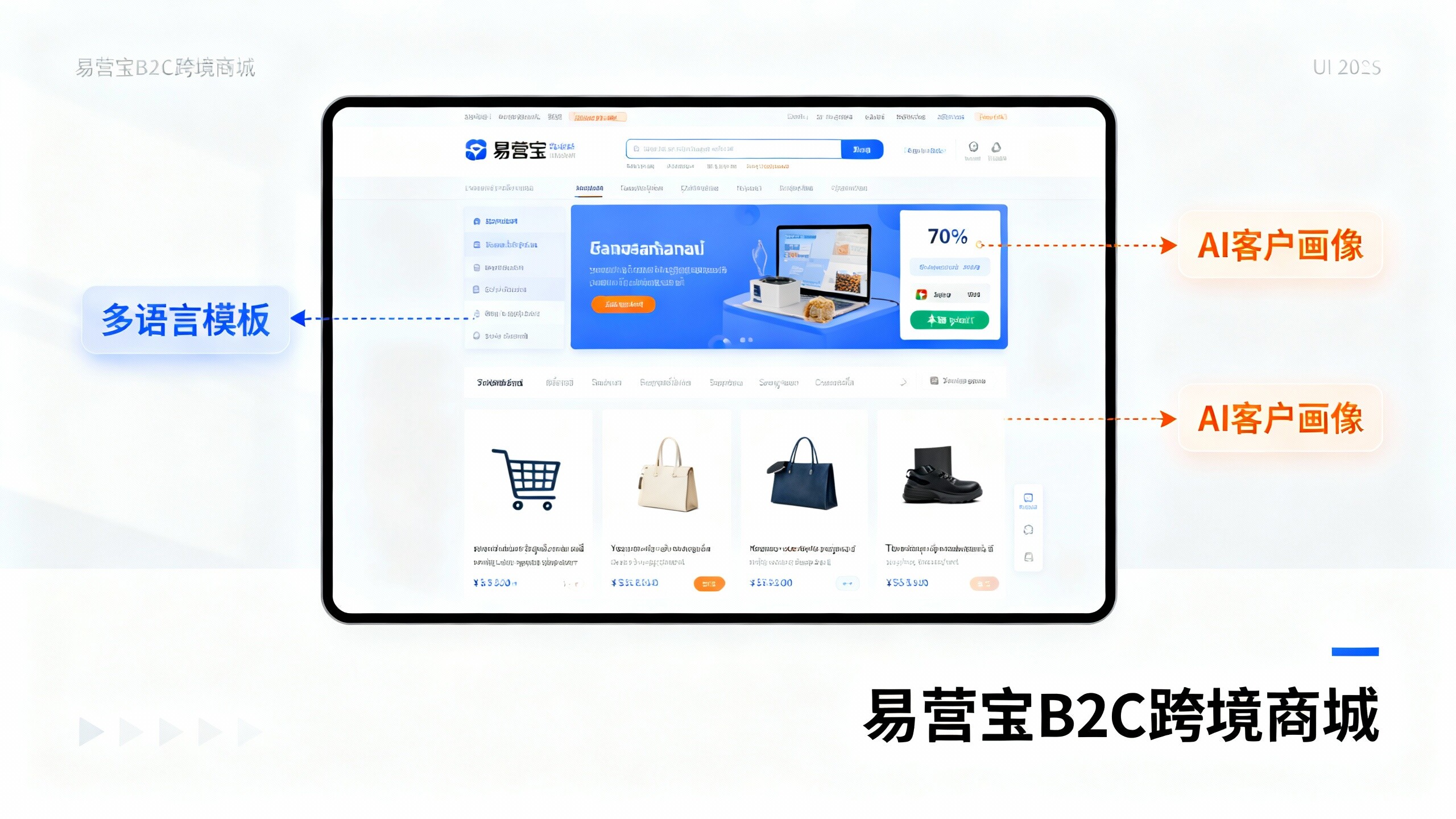Easy Camp Cloud Intelligent Website Construction and Marketing System Platform!
- After the launch of the multilingual foreign trade website system, overseas inquiries doubled? Real data speaks for itself2025-11-28View Details
- New Trends in Cross-Border E-commerce Website Development: AI+Geolocation Targeting to Precisely Reach Overseas Customers2025-11-27View Details
- Enterprise Multilingual CMS vs. Regular Website Builders: Where Does the Gap Lie?2025-11-28View Details
- SaaS建站系统对比:为什么90%出海企业选全球建站SaaS平台?2025-11-27View Details
- Is a responsive self-service website system really suitable for foreign trade enterprises? Feedback from real users2025-11-27View Details
- Where are Yiyingbao Trustpilot reviews user complaints concentrated? Real cases and solutions2025-11-28View Details
- IDC SaaS Platform User Satisfaction Report Highlights: 5 Key Metrics to Evaluate Your SaaS Website System Compliance2025-11-27View Details
- Smart Website Market Report: Market Size, Growth Drivers, and Top 3 Opportunities in the Next 3 Years2025-11-28View Details
How Chinese Enterprises Break Through the "Tariff Storm"?
Hello friends, last time we talked about how U.S. tariff hikes have put enormous pressure on Chinese enterprises. But crises often contain opportunities—how can Chinese companies break through this situation?
First, industrial upgrading is key.
Industries with low added value and limited technological content, such as apparel and toys, may accelerate their relocation to low-cost regions like Southeast Asia. In contrast, sectors like semiconductors, AI, and new energy vehicles—the "hard tech" fields—could see new growth opportunities due to technological advantages and policy support. Companies must seize this moment to increase R&D investment and enhance product competitiveness.
Second, the domestic market holds vast potential.
China's 1.4 billion population offers a broad domestic market. The government is also implementing policies to expand domestic demand and promote consumption upgrades, helping businesses mitigate export pressures. Initiatives like new energy vehicle subsidies and home appliance trade-in programs have already driven growth in related industries.
Additionally, global supply chain restructuring presents opportunities.
Long-term tariff barriers will reshape global supply chains. Chinese enterprises can leverage this to strengthen independent innovation, enhance supply chain resilience, and reduce reliance on single markets.
Of course, this won’t be easy. Businesses need more flexible strategies, stronger innovation capabilities, and sharper market insights. But with the right direction, even the toughest path can lead to new breakthroughs.
In summary, while U.S. tariff hikes pose challenges for Chinese companies, they also push us to accelerate transformation and seek new growth drivers. In this "tariff storm," Chinese enterprises will undoubtedly find their own "safe harbor."
If you have any questions about foreign trade website development or operations, feel free to consult EasyYingBao technical support via WeChat: Ieyingbao18661939702. Our team will gladly assist you!
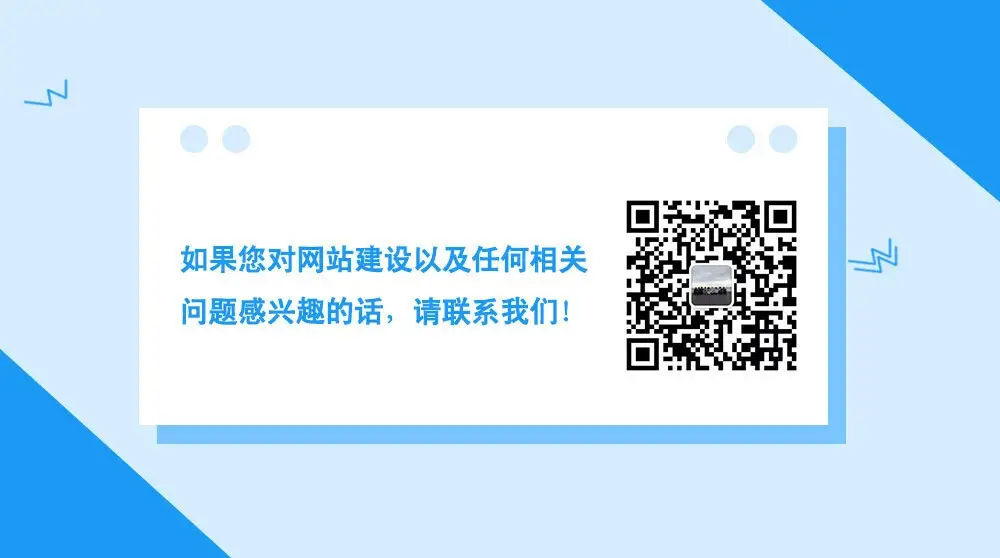
Image resources are from the internet. For copyright issues, please contact 400-655-2477.
Related articles
Related products


